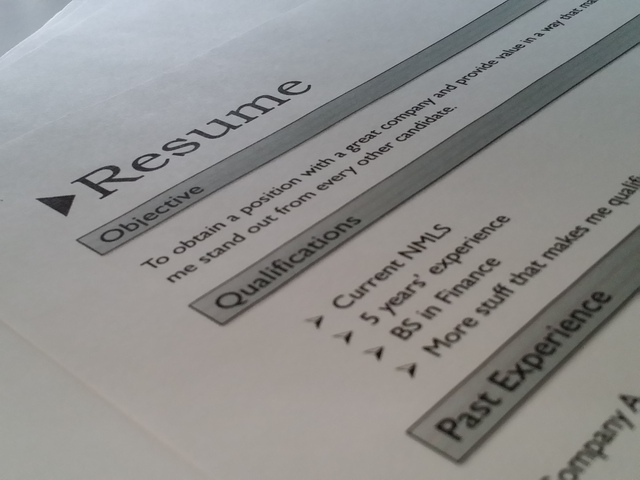Crafting the Perfect Resume

In today’s competitive job market, your resume is your ticket to the interview room. It’s the first impression you make on potential employers, and it’s essential that it stands out from the crowd. An outstanding resume can be the key to unlocking exciting career opportunities. In this article, we will explore the essential elements that make up a winning resume, designed to catch the eye of recruiters and leave a lasting impression.
1. Contact Information
Your resume should begin with your contact information. This section should include your full name, phone number, email address, and LinkedIn profile (if applicable). Ensure that your contact details are accurate and up-to-date, as recruiters need an easy way to reach out to you.
2. A Powerful Summary or Objective
Following your contact information, include a brief summary or objective statement. This section should provide a snapshot of your career goals, skills, and what you can bring to the table. It’s your elevator pitch on paper, and it’s essential to make it compelling and concise.
3. Professional Experience
The heart of your resume lies in your professional experience section. Here, you should list your work history in reverse chronological order. Each position should include the company name, your job title, dates of employment, and a bulleted list of your key accomplishments and responsibilities. Make sure to highlight your achievements and quantify them where possible. This is where you demonstrate your value to potential employers.
4. Education
Your educational background is another critical element of your resume. Include information about your degree(s), the institution(s) you attended, graduation dates, and any relevant honors or awards. List your most recent educational experience first and work backward.
5. Skills
Under a dedicated “Skills” section, showcase your relevant skills. These could be both hard skills, such as proficiency in specific software or languages, and soft skills, like communication or leadership abilities. Tailor this section to match the job description to which you are applying.
6. Achievements and Certifications
Highlight any additional achievements and certifications that are relevant to the job you’re seeking. This can include awards, certifications, or other professional development that sets you apart from other candidates.
7. Professional Memberships and Associations
If you’re a member of any professional organizations or associations related to your field, be sure to include this information. It demonstrates your commitment to staying informed and connected within your industry.
8. Customization for the Job
One size does not fit all when it comes to resumes. Tailor your resume for each job application by focusing on the specific skills and experiences that match the job requirements. Use keywords from the job description to pass through applicant tracking systems (ATS) and capture the attention of recruiters.
9. Achievements and Metrics
Employers love quantifiable achievements. Wherever possible, use metrics to show the impact of your work. For example, “increased sales by 20% in six months” is more impactful than simply stating “improved sales.”
10. Proofread and Format
A resume filled with errors will not get you far. Proofread your resume carefully, checking for spelling and grammar mistakes. The format should be clean, consistent, and easy to read. Use a professional, easy-to-read font and avoid excessive use of bold or italics.

11. Professional References
While not always necessary on a resume, it’s a good practice to have professional references available upon request. Mention that references are available upon request at the end of your resume.
12. Length and Conciseness
Aim for a resume length of one to two pages. Keep it concise and relevant, focusing on what’s most important for the job you’re applying for. Be ruthless in removing anything that doesn’t directly support your candidacy.
Conclusion
In a competitive job market, an outstanding resume is your best tool for getting noticed and landing interviews. By incorporating these essential elements into your CV, you can increase your chances of standing out to potential employers and securing your dream job. Tailoring your resume for each application and keeping it updated with your latest accomplishments will ensure you’re always ready for the next career opportunity.
Remember, your resume is not a static document but an evolving reflection of your professional journey. Keep it polished, and you’ll be well on your way to achieving your career goals. If you found this article interesting about crafting the perfect resume, it is very likely you will enjoy further reading at Resume Build.

